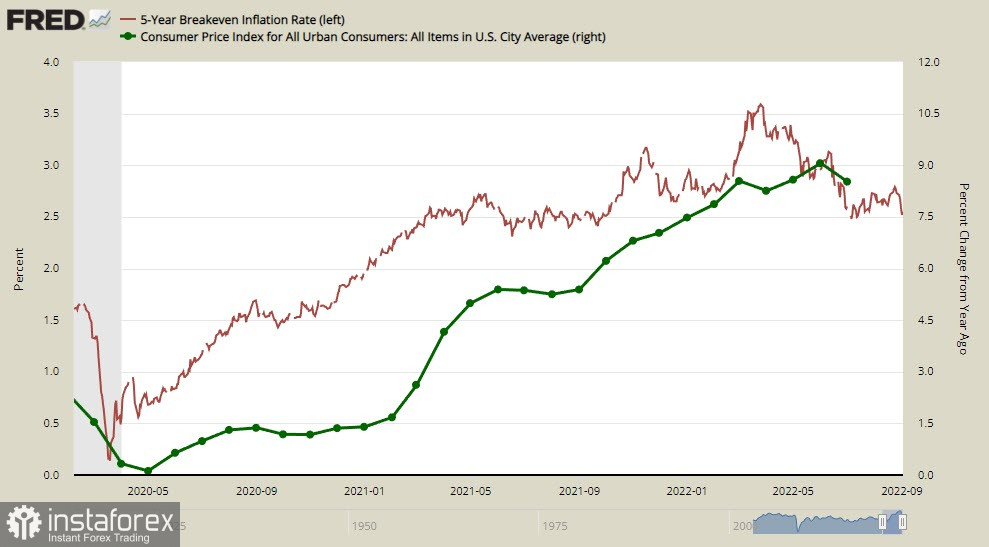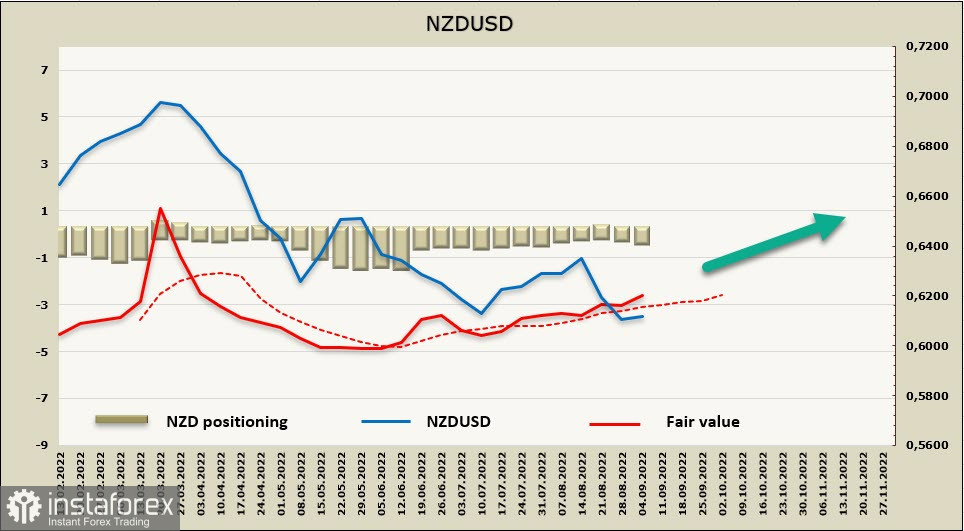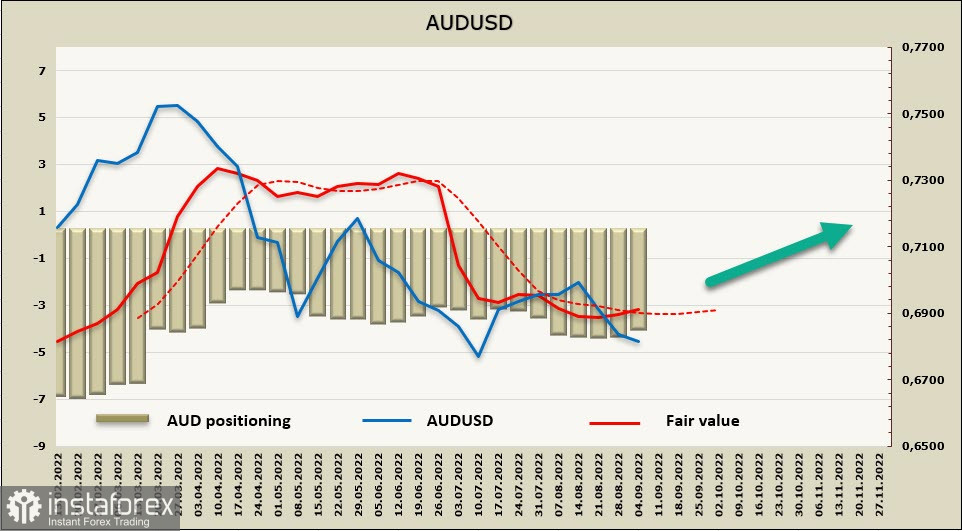The Aussie may have potential to develop an upside correction. This may happen after a retest of the local low at 0.6680. Yet, the price is more likely to rise from the current levels. The main target will be the local high of 0.7140. Upon hitting this mark, the pair will have more chances to leave the bear market. The Aussie may have potential to develop an upside correction. This may happen after a retest of the local low at 0.6680. Yet, the price is more likely to rise from the current levels. The main target will be the local high of 0.7140. Upon hitting this mark, the pair will have more chances to leave the bear market. The Aussie may have potential to develop an upside correction. This may happen after a retest of the local low at 0.6680. Yet, the price is more likely to rise from the current levels. The main target will be the local high of 0.7140. Upon hitting this mark, the pair will have more chances to leave the bear market. Curbing inflation remains the priority for major central banks that are ready to fight rising prices even in the face of a recession. Most analysts believe that high inflation will persist for 2 years. In other words, the target of 2% and normalization of prices will be reached no sooner than summer 2024.
The yield of the 5-five-year Treasury Inflation-Protected Securities (TIPS) dropped to 2.52%, which indicates that businesses do not hope to see the 2% inflation rate target in the next five years. This may also mean that businesses doubt the effectiveness of the Fed's policy.

Meanwhile, the energy crisis in Europe is in full swing. Gas futures prices on the Dutch exchange surged by 30% at the start of the session on Monday. The jump came after the news that gas supply to Europe via Nord Stream 1 has been halted indefinitely. Besides, OPEC+ decided to reverse its 100,000 barrel per day increase, while nuclear talks with Iran have come to a standstill. A shutdown of industries due to rising energy shortages will lead to a new wave of capital flight from Europe. European bond yields are outpacing the US Treasury yields which may be a sign that markets expect the ECB to be more aggressive at its meeting on Thursday.
The main goal of central banks is to reduce consumption which is viewed as the main driver of rising prices. A surge in energy prices threatens to shut down many businesses which, in turn, will lower supply. This factor will balance the supply and demand when energy prices are extremely high. Yet, there is no guarantee that central banks are able to tame soaring prices.
NZDUSD
Last week was uneventful for the New Zealand dollar. The Reserve Bank of New Zealand is trying hard to bring inflation back to the target of 2% but all the efforts have been in vain.
The Manufacturing Business Outlook Survey for August shows a rise in most indicators although they remain quite low in absolute terms. Business confidence went up by 9 points to -48, while general activity recovered by 5 points to -4. Yet, inflation expectations remain elevated and have declined by just 0.1 percentage points to 6.1%. The RBNZ is determined to stabilize prices by reducing demand. In fact, good news for the economy is bad news for the central bank. If the economy looks stronger than forecasted, the regulator will have to put more pressure on it by raising rates.
New Zealand's net migration loss stands at -11,500, and participation in the labor force is close to record levels. The RBNZ has to narrow the gap between demand and supply in the labor market in order to ease inflationary pressure. But this is hard to achieve. In the meantime, the labor market contributes to higher inflation.
The Kiwi looks quite strong amid energy problems in Europe, higher inflation expectations in the UK, and ultra-soft monetary policy in Japan.
NZD's net short position increased by 100 million to 191 million. The difference is minor but the closing price continues to get higher, signaling more upside potential for the Kiwi.

NZD/USD keeps holding above the support level of 0.6050. Given the change in the closing price, it may perform an upside correction. The resistance area of 0.6360, the middle of the trading channel, will serve as the next upward target. Then, a pullback of 38% may follow against the descending cycle that started at 0.6580/6600 in February this year. Consolidation below 0.6050 will cancel this scenario.
AUD/USD
On Tuesday morning, the Reserve Bank of Australia raised the rate by 50 basis points for the fourth time in a row. The rate is now 2.35%. This step came in line with market expectations and did not cause any strong reaction in the market.
Australia's PMIs are holding above the level of 50, outpacing other countries with a decline in economic activity. The Melbourne Institute Monthly Inflation Gauge recorded a slight fall in price in August amid a decline in the cost of living. The second indicator is calculated based on the mortgage rates and indirectly points to an upcoming decrease in demand.
According to CFTC, the AUD net short position changed by 227 million to -3.934 billion, showing a clear advantage of the bears. However, the closing price is getting higher.
The Aussie may have potential to develop an upside correction. This may happen after a retest of the local low at 0.6680. Yet, the price is more likely to rise from the current levels. The main target will be the local high of 0.7140. Upon hitting this mark, the pair will have more chances to leave the bear market.

 English
English 
 Русский
Русский Bahasa Indonesia
Bahasa Indonesia Bahasa Malay
Bahasa Malay ไทย
ไทย Español
Español Deutsch
Deutsch Български
Български Français
Français Tiếng Việt
Tiếng Việt 中文
中文 বাংলা
বাংলা हिन्दी
हिन्दी Čeština
Čeština Українська
Українська Română
Română

